Venus venture: Mount Holyoke professor among leaders for first mission to planet in 30 years
| Published: 04-14-2024 1:01 PM |
SOUTH HADLEY — A planetary scientist has a mix of expertise in history, science and politics.
But it took more than 300 papers and 40 years in astronomy research for Mount Holyoke Chair of Astronomy M. Darby Dyar to tackle the latter.
Dyar is the deputy principal investigator for NASA’s first mission to Venus in 30 years, which the agency has dubbed VERITAS, an acronym for Venus Emissivity, Radio Science, InSAR, Topography and Spectroscopy.
VERITAS will create global topographic maps and radar images and maps of areas where the geological surface on Venus — the second planet from the Sun and closest planetary neighbor to Earth — is changing. The mission will also create a near-global map of Venus’ surface rock types and determine the core composition and state of matter.
But in October of 2022, NASA pulled the plug on the ambitious project and told Dyar’s team to stand down. The agency said it had allocated funds to other missions, leaving little money to keep VERITAS running. If Dyar wanted to save the mission, she’d have to round up the funding herself.
With the help of a lobbyist from The Planetary Society and Washington D.C. fashion tips from her daughter, Dyar visited 106 congressional offices on Capitol Hill, advocating for VERITAS and its impact in planetary science. The work paid off: the mission was brought back this March and set for launch in 2031.
“The most recent appropriations bill has language of VERITAS and that was the exact language we had lobbied for. That was very gratifying to see individuals make a difference,” Dyar said.
With the mission back on, Dyar will once again take charge of VERITAS as the second scientist in command, gathering data on Venus’ history and geological processes. With Venus sharing qualities with Earth that led to the creation of life on our blue planet, VERITAS might tell us more about the future of Earth than ever before, she said.
Article continues after...
Yesterday's Most Read Articles
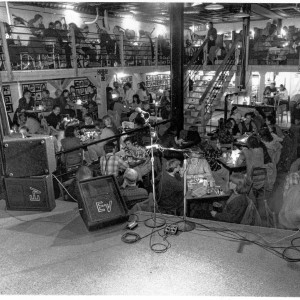 The Iron Horse rides again: The storied Northampton club will reopen at last, May 15
The Iron Horse rides again: The storied Northampton club will reopen at last, May 15
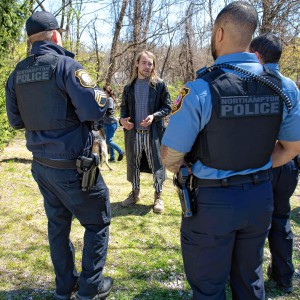 Homeless camp in Northampton ordered to disperse
Homeless camp in Northampton ordered to disperse
 Authorities ID victim in Greenfield slaying
Authorities ID victim in Greenfield slaying
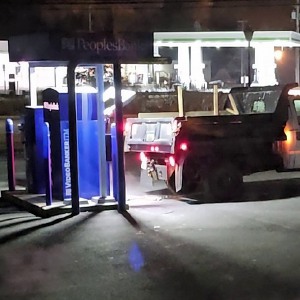 $100,000 theft: Granby Police seek help in ID’ing 3 who used dump truck to steal cash from ATM
$100,000 theft: Granby Police seek help in ID’ing 3 who used dump truck to steal cash from ATM
 UMass football: Spring Game closes one chapter for Minutemen, 2024 season fast approaching
UMass football: Spring Game closes one chapter for Minutemen, 2024 season fast approaching
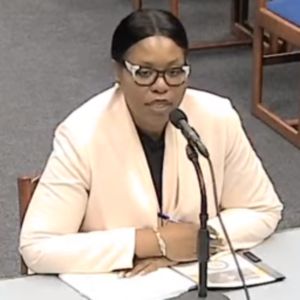 Final pick for Amherst regional superintendent, from Virgin Islands, aims to ‘lead with love’
Final pick for Amherst regional superintendent, from Virgin Islands, aims to ‘lead with love’
“Earth won’t become Venus any time soon, but it’s a very good laboratory for how a planet loses its water and how CO2 builds up,” Dyar said.
NASA’s last mission to Venus in 1985, termed Magellan, obtained near-global images of Venus’ surface, a topographical map, gravity field data and information on the geographical surface of the planet. But VERITAS will gather global images in much higher resolution.
“Imagine a scientific discipline where all the data you’re working with is 30 years old. And we’ve done amazing work with that data,” Dyar said, referring to a recently published paper that discovered volcanic activity on Venus’ surface from the Magellan data. “Many of the things that VERITAS will do are orders of magnitude better, in term of spectroscopy, than the things captured on Magellan.”
Evidence of volcanic activity and ocean trenches lead scientists to believe that Venus might have plate tectonics, a planetary feature previously thought to be unique to Earth. The movement of tectonic plates on Earth creates mountains, drives volcanic activity, forms oceanic trenches, causes earthquakes and moves the continents. Dyar added that plate tectonics are key in the creation of life on Earth.
“Data shows that Venus was covered with oceans for the first 3 billion years of its existence,” she said. “So if life did arise on Venus, there was a hydrological cycle, plant tectonics and continents.”
In fact, scientists’ topographical knowledge of Venus is very limited. Besides a handful of samples from missions to Venus in the ’70s and ’80s, the rock types on Venus are still a mystery. The VERITAS will use a spectrometer to determine the composition of rocks on Venus’ surface by measuring the electromagnetic radiation emitted from the planet’s surface.
“How do you understand a planet when you don’t have a topographic map? When you don’t know what the rock types are?” Dyar said.
Dyar’s background in spectroscopy, a field of study that measures the range of electromagnetic radiation, comes in handy here — she is the U.S. co-lead in developing the missions’ spectrometer, working with a team of German engineers to bring her vision to life.
“Intellectually it’s been quite a roller coaster. [There’s a] need to keep expanding and learning new things, like how do you work with engineers and how do you explain the science you want to do to someone who will help build something that will implement the science,” she said.
While VERITAS will investigate Venus’ surface, its sister mission Deep Atmosphere Venus Investigation of Noble gases, Chemistry, and Imaging (DAVINCI) will focus on the atmosphere. Venus is closer to the Sun than Earth, and the extra sunlight caused Venus’ ocean to evaporate. Venus has a thick, dense atmosphere filled with carbon dioxide and other greenhouse gases, preventing radiation from leaving the planet’s atmosphere.
This runaway greenhouse gas effect is unlikely to ever happen on Earth while humans exist, even with climate change, but studying it helps scientists learn about Earth’s future and Venus’ past. DAVINCI’s probe will collect data on gases in the atmosphere and help answer where Venus’ water went, and how water on Venus was lost.
In her interviews with NASA and other papers, Dyar continually says that her students will be her legacy, both her students in her laboratory and in classes. But if VERITAS goes according to plan, Dyar will leave her students a legacy as well: a chance to use NASA’s newest data on Venus and research new discoveries with it, climbing higher than Dyar ever did.
“Inspiration is a driving motivation for me. Inspiring other people to do great things. Inspiring my students to do great things and the scientific community to do great things with the map I made are kind of on the same playing field,” Dyar said.
Emilee Klein can be reached at eklein@gazettenet.com.

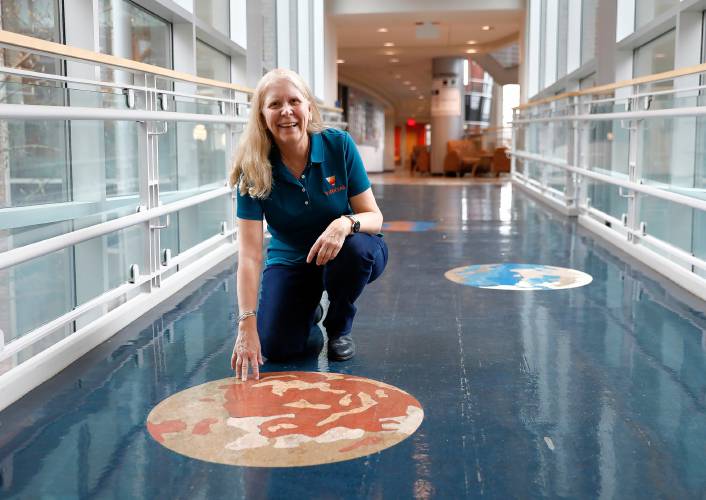
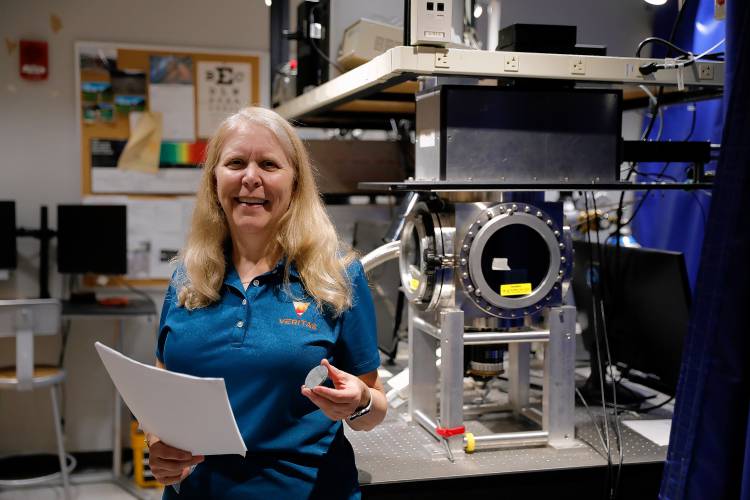
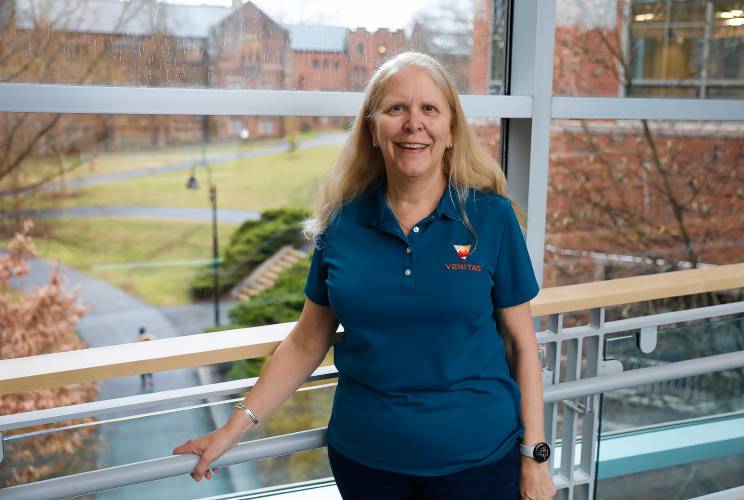
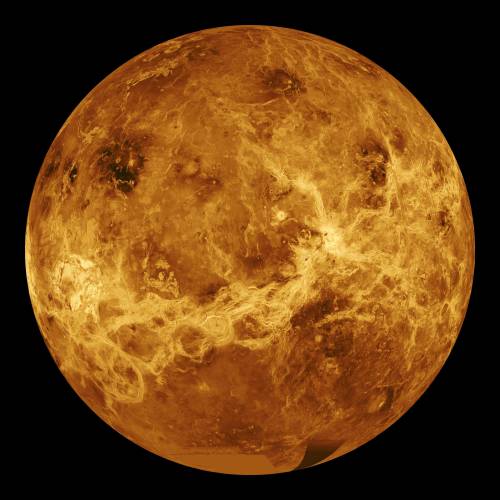
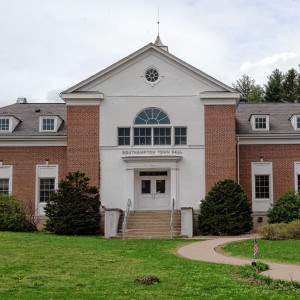 State fines Southampton’s ex-water chief for accepting lodging and meals at ski resort, golf outing from vendor
State fines Southampton’s ex-water chief for accepting lodging and meals at ski resort, golf outing from vendor 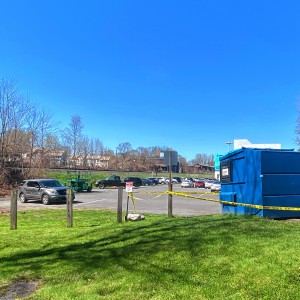 Authorities ID victim in Greenfield slaying
Authorities ID victim in Greenfield slaying 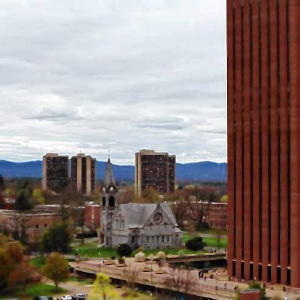 Federal probe targets UMass response to anti-Arab incidents
Federal probe targets UMass response to anti-Arab incidents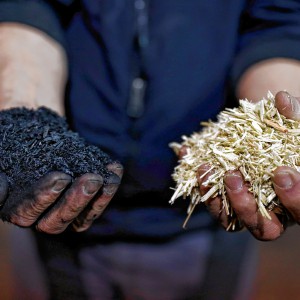 Locking up carbon for good: Easthampton inventor’s CO2 removal system turns biomass into biochar
Locking up carbon for good: Easthampton inventor’s CO2 removal system turns biomass into biochar
